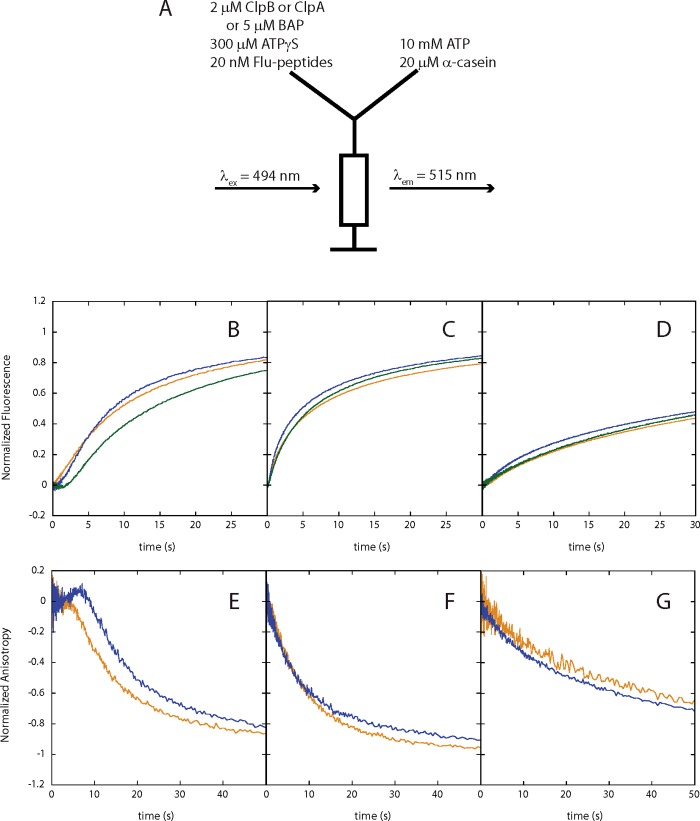Figure 1. ClpA catalyses processive polypeptide translocation, whereas ClpB and BAP do not.
Single-turnover fluorescence/anisotropy stopped-flow experiments for ClpA, ClpB and BAP in buffer H300, H200 and H50, respectively, on fluorescein labelled polypeptides (Table 1). (A) Experimental scheme illustrating the contents of each syringe that is rapidly mixed and exciting fluorescein on the polypeptide substrate at 494 nm, observing emission at 515 nm. Fluorescence time courses collected using Flu-N-Cys-30-SsrA (orange), Flu-N-Cys-40-SsrA (blue) and Flu-N-Cys-50-SsrA (green) for (B) ClpA, (C) ClpB and (D) BAP, and anisotropy time courses collected using Flu-αS1casein-102 (orange) and Flu-αS1casein-127 (blue) for (E) ClpA, (F) ClpB and (G) BAP.

